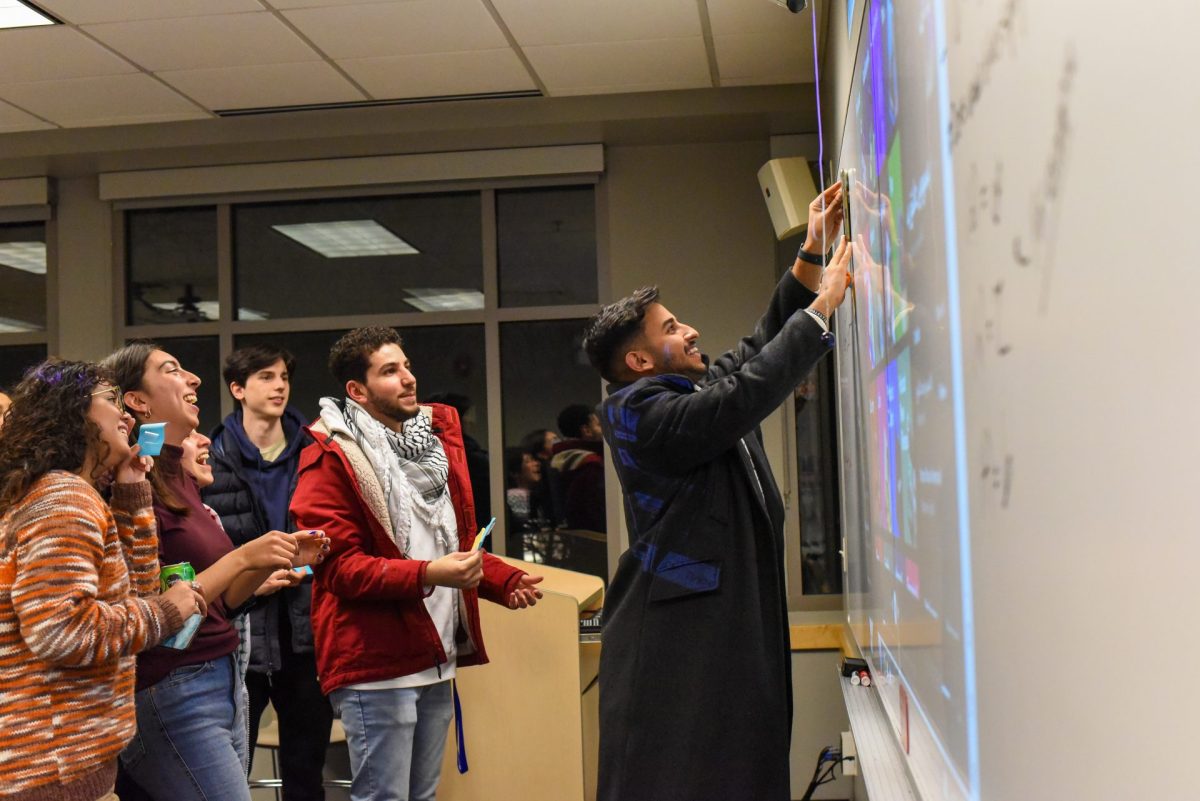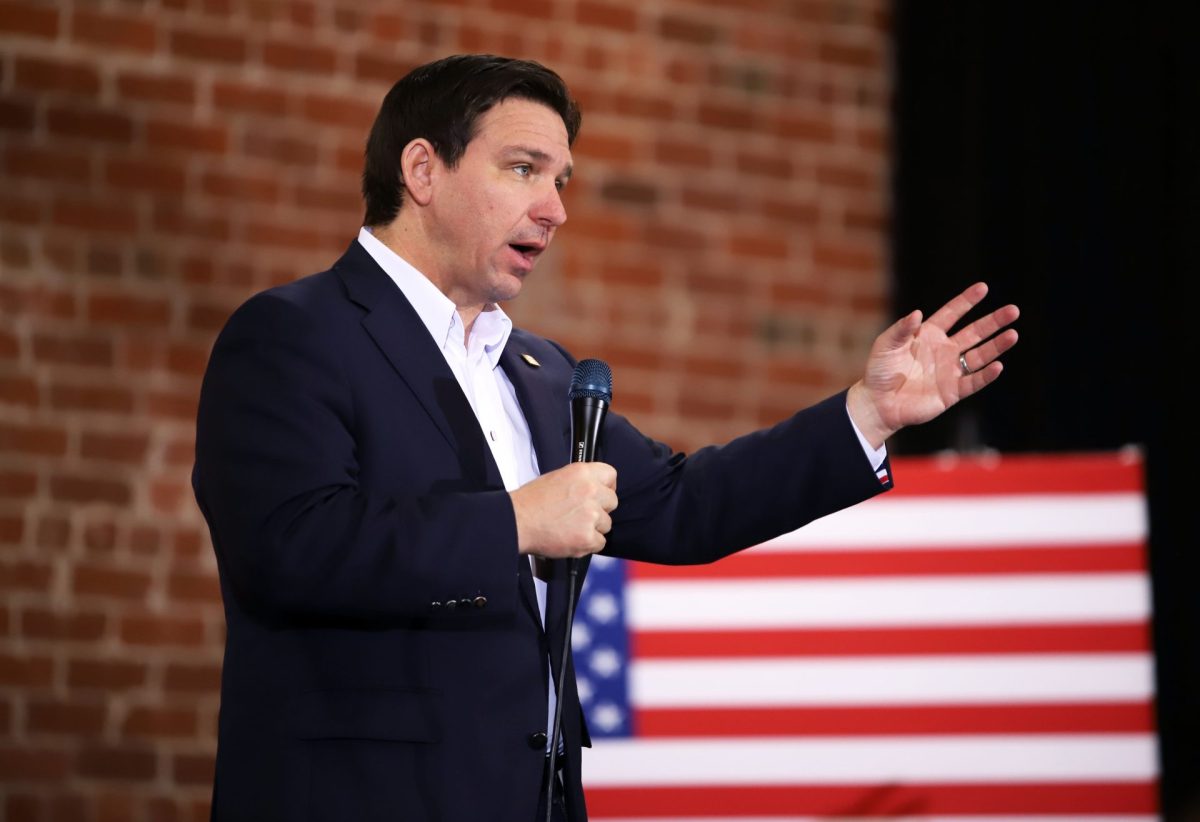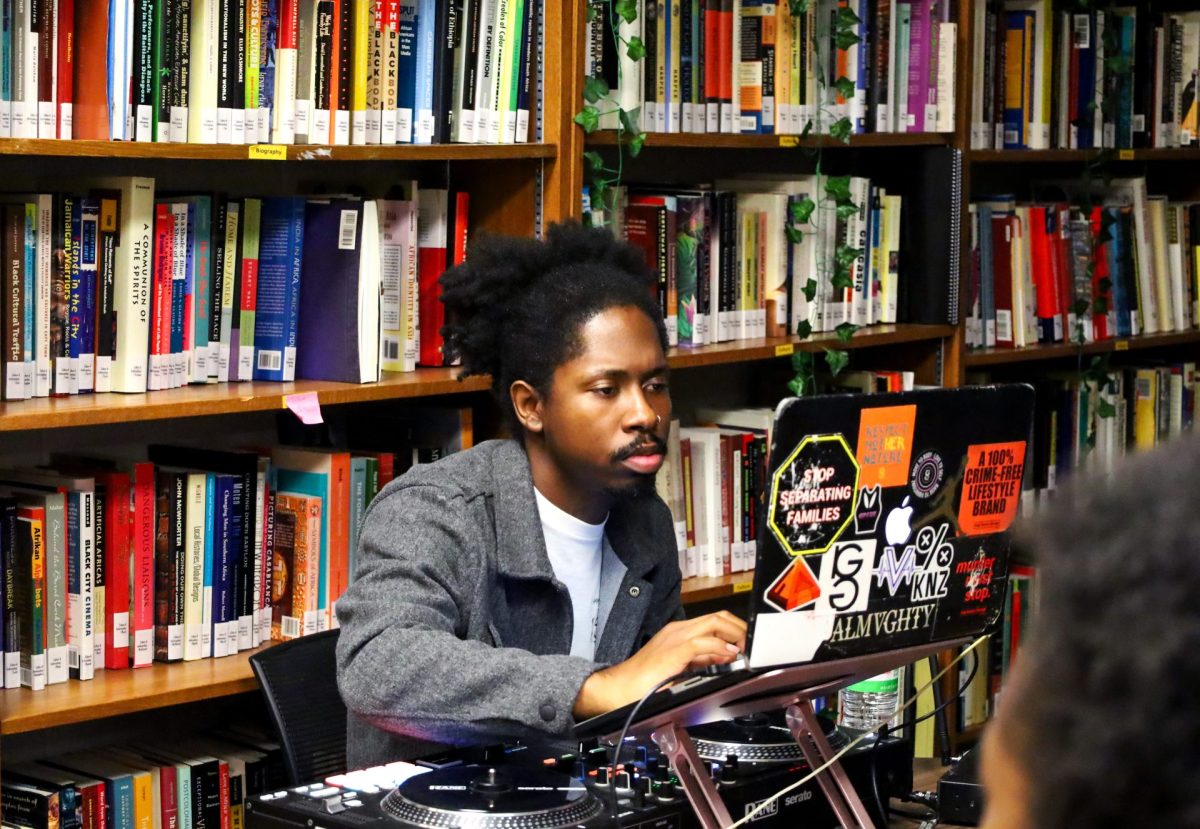Offshore wind farms have the potential to blow other sources of energy out of the water.
Despite the fact that the Department of Energy estimates that the United States has an offshore wind capacity of four million megawatts of energy, “four times the generating capacity of all U.S. electric power plants,” according to Michigan Radio, nothing currently harnesses this energy in the U.S.
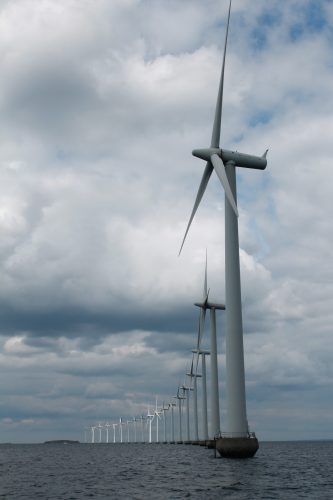
A recently completed offshore wind farm in Rhode Island, however, could generate momentum for more wind farms along the coasts, following the example of several European countries, including Denmark, Sweden and Germany, that have made green energy a priority.
The Block Island Wind Farm, prepared to start operating in Rhode Island next month, is what many would consider a small initiative, with just five turbines about three miles from shore. These turbines, once they start pumping power into New England’s electric grid, will have the capacity to power 17,000 homes.
If that seems ambitious, compare it to the nearly 50,000 land turbines the U.S. has installed over the past 20 years. These turbines produce approximately 5 percent of the nation’s electric power, according to the New York Times.
Illinois falls just above this national average, with wind turbines creating 5.5 percent of the state’s electrical power, according to the Department of Energy. The vast majority of this generated power makes its way to the Chicago area.
As the nation’s third-most populated city at over 2.7 million residents, Chicago inadvertently consumes energy. Each individual who gazes at the city’s extravagant skyline, charges their electronic devices or appreciates street safety lights has contributed some carbon dioxide into the Earth’s atmosphere. A potential solution to reducing these carbon dioxide emissions includes implementing renewable energy sources into Chicago’s electrical grid.
One abundant renewable resource available in Chicago comes from the east: the legendary wind from Lake Michigan, which could be harnessed in offshore wind farms.
“Chicago is the Windy City, right? There will always be wind, so why don’t we use that wind?” DePaul junior and business student Kevin Zook said.
Opposition, however, exists to this idea.
One problem an offshore wind farm project could face would be the task of generating interest and investments. Rob Ryan, DePaul finance professor, said that a lack of previous data, which would develop a comprehensive understanding for the rate of return, might keep companies from investing.
Another opposition comes from an aesthetic perspective. Zook discussed his experience with wind turbines in the hills of Palo Alto, California. He emphasized how he thought that the turbines in California were “very ugly” because there was a large farm blocking a natural area. Zook, along with many others, finds wind turbines to be visually unappealing, which can be a problem when trying to pursue implementation of an offshore wind farm in Lake Michigan.
One outspoken organization, the Lake Michigan Open Water Organization, campaigns to “keep Lake Michigan wind turbine free” in the interest of preserving the beauty of its coasts.
Aesthetics are not only a visual problem, but can also become an economic problem due to the value of real estate properties along Lake Shore Drive. Zook, a resident with a Lake Shore Drive property, mentioned that in his opinion the turbines could be a problem if they were close to the shore; however, if they were installed numerous miles off the coast, then he believed that they would not affect his decision to pay the same price for his property.
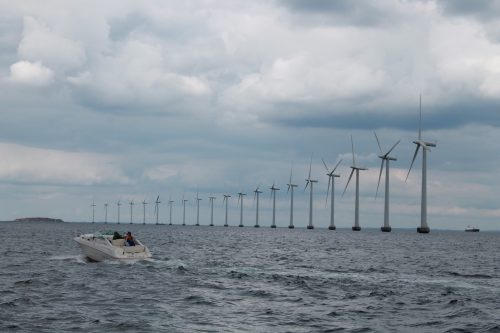
In the case of Rhode Island’s offshore operation, where the turbines sit at a visible distance from the coast, residents largely supported the visual aspect of the project. Offshore wind farms are visual examples of where people’s energy comes from. In Lake Michigan, this could be a symbolic notion to residents, tourists and potential investors that Chicago cares about the environment and is taking progressive steps forward.
DePaul University has two small wind turbines located on the top of McGowan North and McCabe Hall.
Due to their location in an urban environment, they are unable to generate a lot of electricity. The turbines have not received negative aesthetic feedback, however. Instead, they are symbolic statements towards DePaul’s mission for sustainable development.
DePaul junior Sarah Nolimal, who serves as the Student Government Association’s senator for sustainability, believes that the argument should not lie in aesthetics, but rather discuss the ecological effects of an offshore wind farm.
“Though some are concerned with lakefront views, I wonder how much worse a wind farm would look compared to industry in Indiana that is easily visible from the shore while looking south,” Nolimal said.
“To me it is very important to consider how the wind turbine might affect the ecology of the Chicago land region,” Nolimal said. “Birds and insects have a large influence on the area because they provide pollination, seed dispersal, along with many other natural services.”
Even though there are many caveats to developing an offshore wind farm in Lake Michigan, many recognize the urgent necessity to transition to renewable energy. Nolimal discussed how climate change could lead to many variable ecological repercussions such as changing migratory patterns for birds that may be more detrimental to the bird population compared to the implementation of an offshore wind farm.
Ryan agreed that implementing renewable energy is important; however, it is equally important to address the issue of consumption. There is a need to decrease energy consumption through energy efficiency in order to decrease the demand for fossil fuels.
“Oil prices have dropped significantly,” DePaul sophomore and finance student Marcos Lorenzo said. “There is uncertainty in investing in oil due to recent political tensions and this can have a long-term negative effects on investments.”
Although there is risk associated with investing in an offshore wind farm, it is a long-term sustainable investment with the potential for long-term returns and profit.
“From an environmental perspective I am all in for an offshore wind farm,” DePaul senior Erika Arias said. “I just don’t know how it will be financially set up.”
Investing in renewable energy projects is also an opportunity for companies to increase their corporate social responsibility. The industry is changing and consumers are beginning to care about where their energy and products come from.
To address this at DePaul, Facility Operations works with an annual sustainability capital investment fund to implement projects on campus to reduce DePaul’s impact on the environment. Investing in sustainable projects provides a tangible way for companies, organizations or universities to publicly show a dedication to addressing issues surrounding climate change.
The green industry is not only developing as a source of energy to transition from fossil fuels, but can also ignite a new source of tourism.
Many innovative European nations, including Denmark, Sweden and Germany, have pledged to develop renewable energy infrastructures and implement offshore wind farms on their coasts.
“I recently went on a study abroad trip to Copenhagen, Denmark that focused on sustainable business,” DePaul junior Alison Murphy said.
The trip focused on numerous sustainable sites, including Middelgrunden Offshore Wind Farm, she said. Murphy also said that tours were available to visit the top of the turbines.
“Unfortunately we did not have time to go up the turbine, but our tour guide said that is has extraordinary views,” she said.
Copenhagen, Denmark implemented the 20-turbine offshore wind farm in 2000 in order to decrease dependence on foreign oil. Since then, technology has developed to make capturing wind energy more efficient at lower costs.
To fund this program, the city of Copenhagen opened 10 of the turbines for public and private investment, while the city funded the restw. The ability to invest in the turbines created an integrative process that allowed the community to have a voice.
In this way, Denmark represents a model of community integration and reframing a negative investment into a profitable industry that is good for the environment.
With implementation costs down, the demand grows for renewable energy. Chicago could participate in this frontier by implementing offshore wind farms in Lake Michigan, a futuristic idea that may not be so far off. Despite the many challenges that may confront the development of an offshore wind farm in Lake Michigan, if Chicago can properly frame the project to consider real estate value, ecological diversity and investment value, then initiating offshore wind farms may not be a bad idea.




